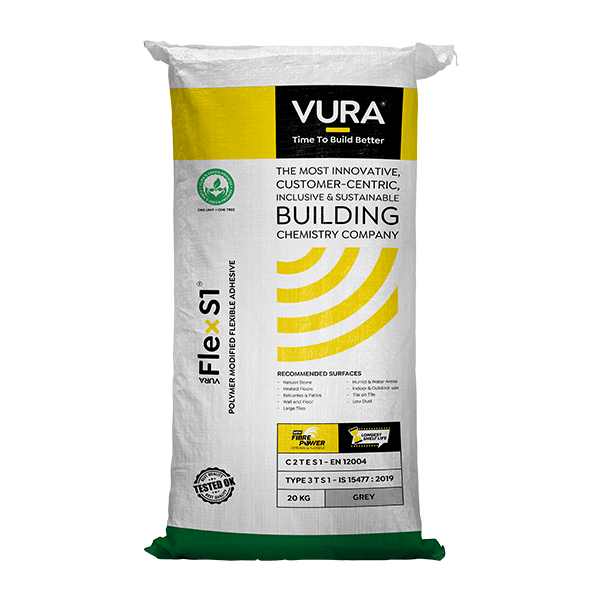Characteristics
- C2TES1 compliant with EN12004 standard
- Type 3T S1 as per IS15477:2019
- With visible fibers for strength and flexibility balancing substrate deformations on critical surfaces like balconies, terraces, wet rooms, bathrooms, swimming pool and external facade etc.
- For ceramic, vitrified tiles (semi and fully), glass mosaic and natural stone (non-sensitive)
- Suitable for large scale and heavy-duty vitrified tiles
- Suitable for natural stones (internal as well as external application)
- Suitable for tile-on-tile application
- On waterproof and moisture-proof layers
- For difficult substrate like heated floors and dry walls
- No vertical slip
- For inside and outside use
- Longer open time for safer application and adjustable
- Easy and excellent workability because of plasticized consistency
- Application up to 15mm
- Suitable for cement fiber board, gypsum board (Internal application)
- Installation of floors subjected to heavy traffic
Documents & Downloads
Usage Guide
- VURA Flex S1 is used to laying vitrified tiles (semi and fully), cement and stone tiles, glass mosaics and natural stone on deformable substrate.
- Its features keep elastic connection with substrate which allowed to carry over shear stress between tile and substrate.
- VURA Flex S1 is recommended to fix tiles/stones on wall, heated floors, dry wall boards, facades, terraces, balconies, swimming pools and technological water tanks (no chemicals).
- With advanced adhesion, it is recommended for tiles with absorption <0.5% (like fully vitrified tiles), and for fixing tiles/stones on critical substrates such as existing tiles, gypsum substrates, dry wall boards, anhydrates and cellular concrete.
- Indoors and Outdoors.
- It is recommended for floors with elevated functional loads, in shopping malls, staircase.
- On horizontal and vertical surfaces.
- On cement and cement-lime plaster, cement screeds, cement ground coats & concrete etc.
SUBSTRATE PREPARATION
Adhesive can be applied on even and compact substrates, free of any substances that reduce adherence (grease, bitumen, oil, paint, dust etc.). Concrete should be at least 1 month old. Cement screeds and plasters should be fully cured. Anhydrite (residual moisture below 0.5%), gypsum (residual moisture below 1%) substrates should be mechanically roughened and cleaned from dust. Dry wall aerated concrete should be free from dust. It can be applied on existing tiles and should be roughened and cleaned before application. Substrates must not be wet. Any existing dirt, loose layers and paint coating shall be mechanically removed. Absorbent substrates shall be dampened and remove excess water before application.
APPLICATION
- Pour VURA Flex S1 into a container with the precisely measured amount of clean water and mix with a drill mixer until a homogeneous mass without lumps is obtained. Leave it for 5 mins and then mix again. Apply the mortar with a suitable notched trowel. Use proper size notch trowel to ensure full bedding on the tile. The depth of trowel's notching is varied as per the size of tile & stone. The back buttering method shall be used for larger tiles or stones and for outdoor applications (i.e., additionally a thin layer of the mortar should be spread on the tile or stone's back side, contact area > 90%).
- Place the tiles or stones only before the open time of the adhesive.
- Lay the mortar and press while the mortar is still sticky. Fresh excess mortar can be removed
with water, hardened material can only be removed mechanically.
- Grouting can be performed no earlier than after 24 hours using VURA tile grouts.
- Floors are set to light traffic after approx. 24 hrs.
- Expansion joints, joints at the corners of walls and floor and around sanitary equipment shall be filled with sealants or shall be treated with appropriate treatment.




